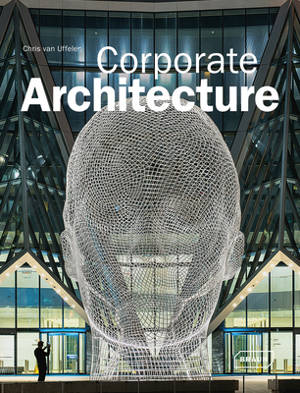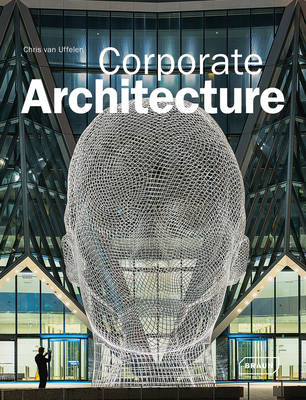
- Afhalen na 1 uur in een winkel met voorraad
- Gratis thuislevering in België vanaf € 30
- Ruim aanbod met 7 miljoen producten
- Afhalen na 1 uur in een winkel met voorraad
- Gratis thuislevering in België vanaf € 30
- Ruim aanbod met 7 miljoen producten
Zoeken
€ 65,50
+ 131 punten
Omschrijving
From the 1930s, Olivetti, the manufacturer of business products, was widely regarded as the pioneer of corporate architecture. During the 1990s, the concept became firmly established as a basic component of a corporate identity. Architecture and design are used to control the interior and exterior image of company headquarters and office buildings, production sites and store interiors. Corporate Architecture includes both individual projects ranging from high rises to trade fair booths, as well as companywide design schemes such as that of the Apple stores around the world. The vitalizing and expressive power of architecture as a 'business card made of stone' intends to reflect the self-image of a company and a brand's identity with the aim of expressing the corporate philosophy through architectural symbolism and constructional cultural qualities. Representing very different approaches, the examples from around the world gathered in this book present the whole scope of this extensive topic.
Specificaties
Betrokkenen
- Auteur(s):
- Uitgeverij:
Inhoud
- Aantal bladzijden:
- 272
- Taal:
- Engels
- Reeks:
Eigenschappen
- Productcode (EAN):
- 9783037681688
- Verschijningsdatum:
- 7/01/2014
- Uitvoering:
- Hardcover
- Formaat:
- Genaaid
- Afmetingen:
- 239 mm x 302 mm
- Gewicht:
- 1700 g

Alleen bij Standaard Boekhandel
+ 131 punten op je klantenkaart van Standaard Boekhandel
Beoordelingen
We publiceren alleen reviews die voldoen aan de voorwaarden voor reviews. Bekijk onze voorwaarden voor reviews.








